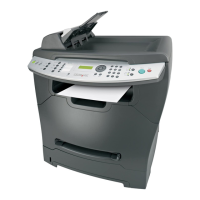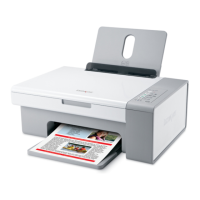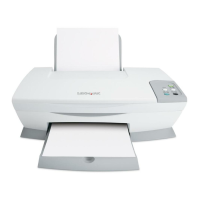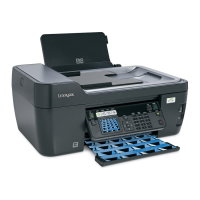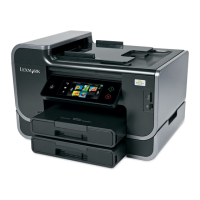If you are using a Sun Solaris
SPARC system
– Check to see if the parallel device is a bpp type. If it is, make sure bpp device is
selected. If it is not, make sure bpp device is not selected.
– Try using the Print utilities to print directly to the printer.
Example: send_parallel -f /etc/hosts /dev/lp0
Replace /dev/lp0 with the appropriate device file name. If this prints
correctly, recreate the virtual device and print queue.
– Try printing directly to the device to see if the problem is with the
communication of the server to the printer or the print queue.
Example: cat /etc/hosts >> /dev/lp0
Replace /dev/lp0 with the appropriate device file name. If this prints
correctly, re-create the virtual device and print queue. If it does not print, the
problem is with the device, cable, or printer.
– Restart the lpsched or lpd process.
– See the documentation for your operating system.
The print queue does not receive print jobs
• The queue is in a rejecting state. When the queue is in this state, you cannot submit a print job to the print queue.
To make the queue accept jobs again, right-click the queue icon, and then select Accepting.
• Recreate the print queue.
• Restart the lpsched or lpd process.
The print queue is disabled or down
• If the printer is connected locally (by way of a parallel, serial, or USB cable), check the printer cable.
• If the printer is connected to a network, check the print server.
If you are using an internal
print server
– Make sure the print server is properly installed and enabled. To check this, print
a setup page for the printer. The print server should appear in the list of
attachments on the setup page.
– If a network-related message appears on the control panel, see “Additional
problems” on page 40.
– Make sure TCP/IP is activated on the print server. The protocol must be active
in order for the print server and Print Drivers to work. You can activate TCP/IP
from the printer control panel.
For more information, see the print server documentation.
If you are using an external
print server
– Check the print server lights.
For more information, see the print server documentation.
– Print a setup page from the print server.
For more information, see the print server documentation.
• If the printer is connected to a network, PING the print server.
– If PING works, check the IP address, netmask, and gateway to make sure they are correct. Turn the printer off
and PING again to check for duplicate IP addresses.
– If PING does not work, check the setup page you printed to be sure IP is enabled.
37
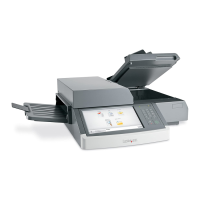
